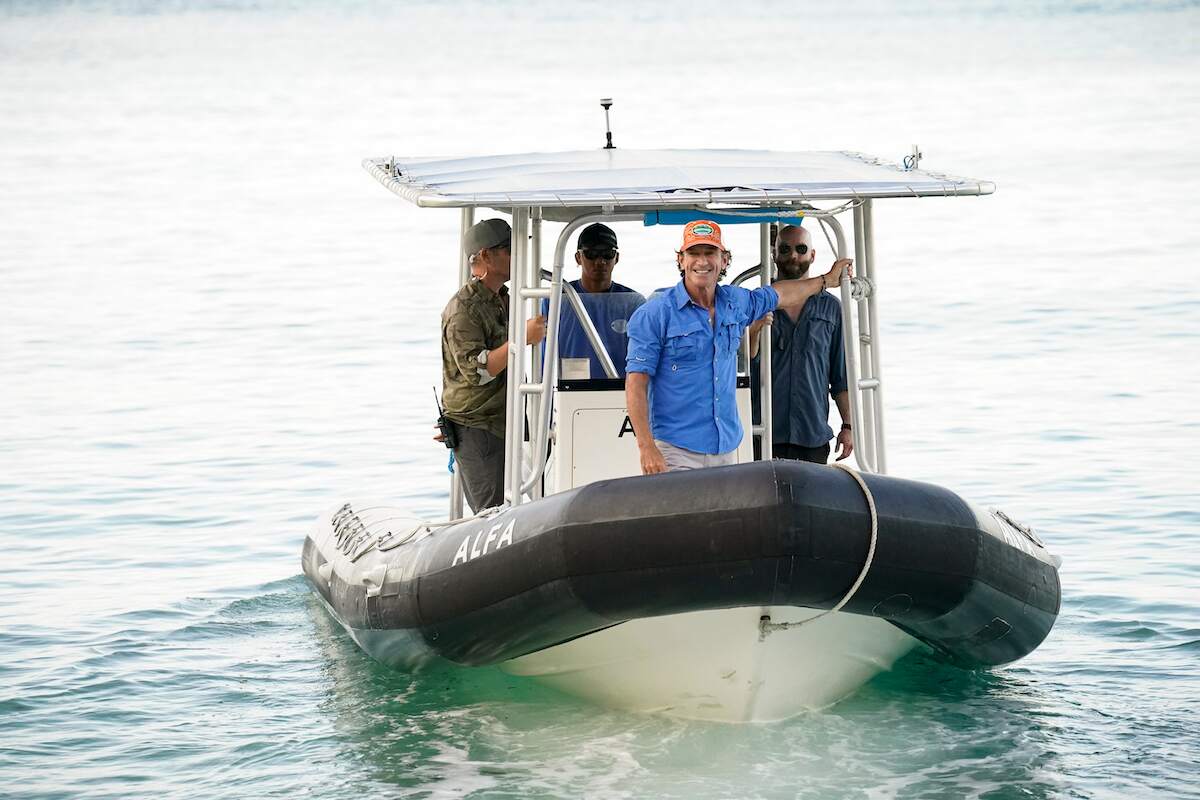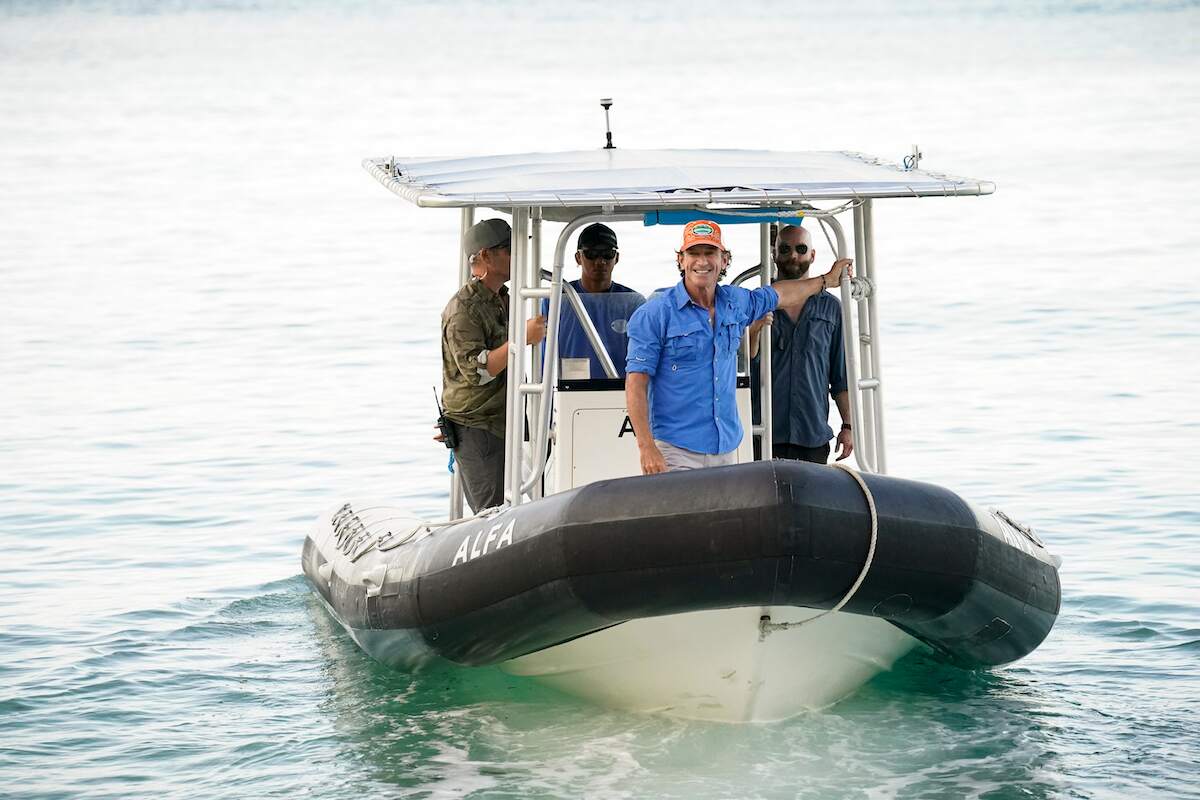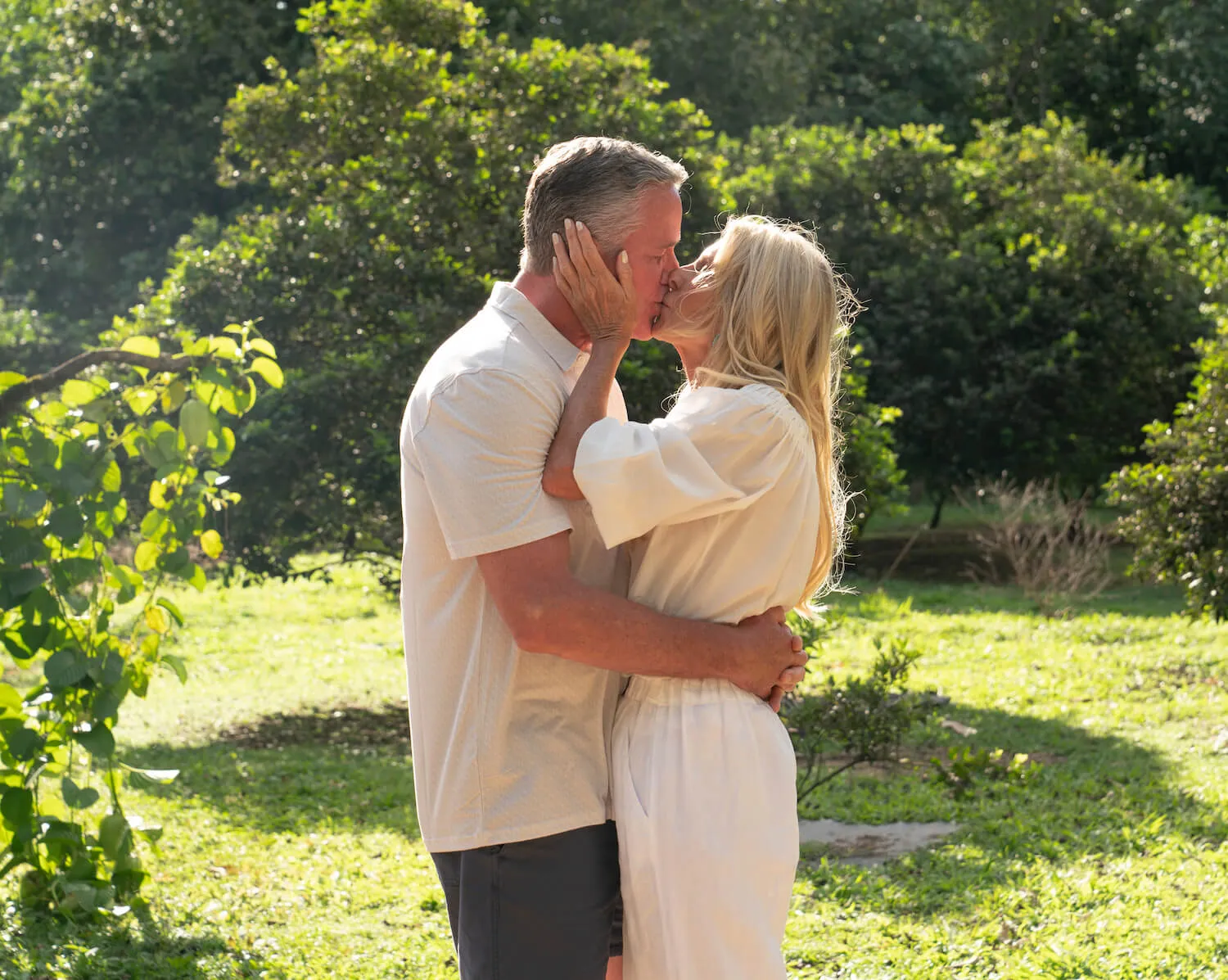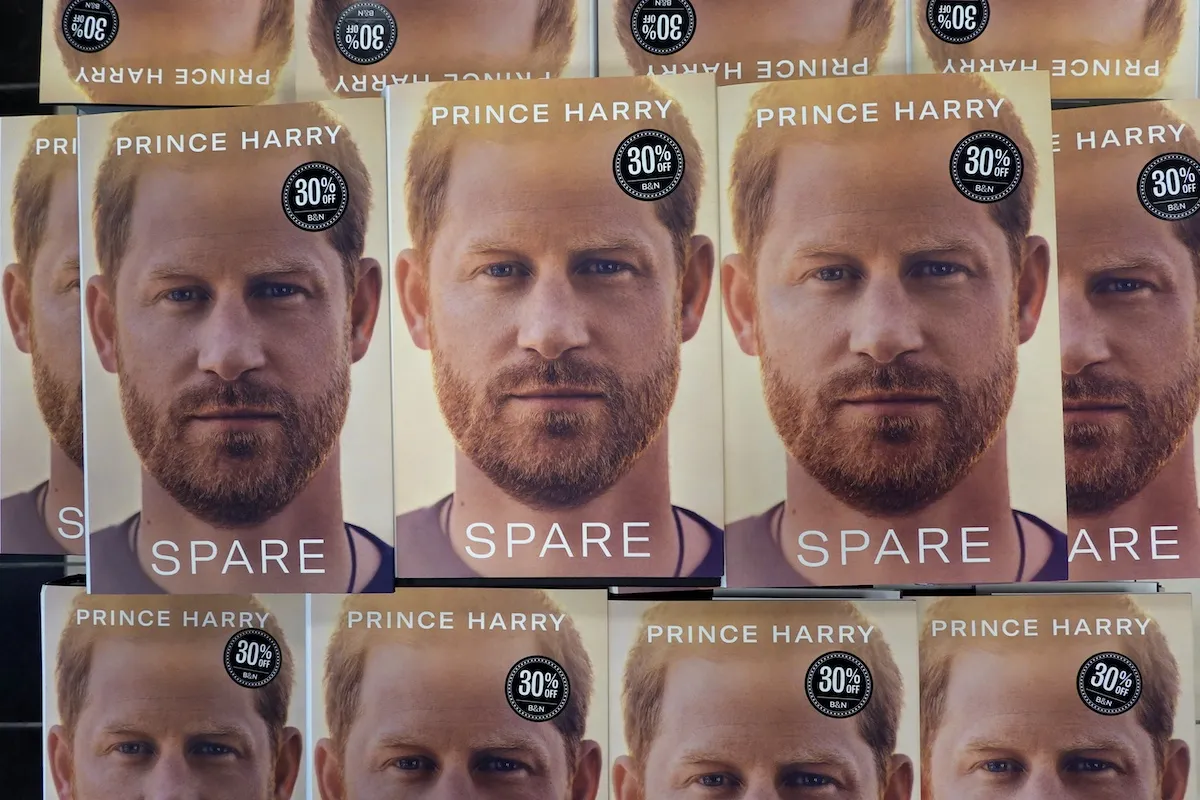
‘Survivor’: Jeff Probst Reveals How Challenges Are Created and Test for the Show
The longtime Survivor host and Emmy Award-winner, Jeff Probst, recently launched his own podcast. Although it’s still in the beginning stages, he’s already revealed interesting information. For example, he watches real police interrogation videos on YouTube between Survivor seasons to help prepare to host the season ahead.
One of the most interesting parts of the show, by far, is the long list of unique challenges contestants must complete while stranded on the island in hopes of walking away as the Sole Survivor. The challenges test physical and mental strength as well as allow cast members to bond (or form rivalries).
Obviously, the fans wonder how the challenges are created and how they’re put to the test before they’re inflicted on the castaways. On the fourth official episode of On Fire With Jeff Probst, he described the process in detail.

What are the top ‘Survivor’ challenges?
The castaways’ challenges range from simple to complex, silly to downright disgusting. Participants have definitely been injured in the past. Every now and then, someone even needs to be evacuated; it happened to Bruce Perreault during the premiere of Season 44.
Some, like “This Much,” are straightforward: Competitors stand with their arms outstretched, using only their fingertips to hold up two discs pressed against wooden poles. Standing with your arms outstretched may be simple. But it gets exhausting after a while. In this case, weighted objects like ceramic pots were hung from the discs.
One fan favorite is “Get a Grip,” where competitors hang onto a tall pole by wrapping themselves around it, with only narrow foot holes to support themselves. Viewers enjoy marveling at the unbelievable amount of time the players can hold themselves up that way — some of them hang on for over two hours.
Of course, no one will ever forget “Piranha Feast,” which left some participants with bloody mouths and chipped teeth.
How are these challenges created and tested?
Of course, one of the most pressing questions is: Who comes up with this stuff, anyway? Probst answers this question on his podcast, saying: “We do design them from the point of view of the player. How can we test the players in ways that will either highlight their strengths or expose their weaknesses?”
He adds, “You’re being watched by everyone. And the result of how you do in that challenge is what changes the game. If a tribe wins, it’s amazing what happens to their morale.” The reward for winning a challenge is immunity, so the morale boost is instant.
Of course, before every challenge is presented to the castaways, it is subject to a series of tests. Probst stresses that they are all tested “over and over” for safety, accuracy, and other factors.
Probst says the testing process has evolved over the years. There is now an entire testing team responsible for testing each challenge. The team lays out everything they want to do, then confer with the art department. They decide together how much of the vision is feasible, hopefully ending up on the same page.
The group then confers with a challenge editor, who will point out potential difficulties and how to overcome them. It all culminates with an elaborate pitch, although according to Probst, the pitch used to involve stick figure drawings.
Testing challenges: the ‘dream team’
Brittany Crapper is now a producer for the show, but she fondly recalls testing out challenges as part of what she calls “the dream team.” It’s clear she knows what she’s doing, as the Survivor challenges are some of the most popular and telling parts of the experience.


